Year 6
The English curriculum is built around the three interrelated strands of language, literature and literacy. Teaching and learning programs should balance and integrate all three strands. Together, the strands focus on developing students' knowledge, understanding and skills in listening, reading, viewing, speaking, writing and creating. Learning in English builds on concepts, skills and processes developed in earlier years, and teachers will revisit and strengthen these as needed.
In Years 5 and 6, students communicate with peers and teachers from other classes and schools, community members, and individuals and groups, in a range of face-to-face and online/virtual environments.
Students engage with a variety of texts for enjoyment. They listen to, read, view, interpret and evaluate spoken, written and multimodal texts in which the primary purpose is aesthetic, as well as texts designed to inform and persuade. These include various types of media texts including newspapers, film and digital texts, junior and early adolescent novels, poetry, non-fiction and dramatic performances. Students develop their understanding of how texts, including media texts, are influenced by context, purpose and audience.
The range of literary texts for Foundation to Year 10 comprises Australian literature, including the oral narrative traditions of Aboriginal and Torres Strait Islander Peoples, as well as the contemporary literature of these two cultural groups, and classic and contemporary world literature, including texts from and about Asia.
Literary texts that support and extend students in Years 5 and 6 as independent readers describe complex sequences, a range of non-stereotypical characters and elaborated events including flashbacks and shifts in time. These texts explore themes of interpersonal relationships and ethical dilemmas within real-world and fantasy settings. Informative texts supply technical and content information about a wide range of topics of interest as well as topics being studied in other areas of the curriculum. Text structures include chapters, headings and subheadings, tables of contents, indexes and glossaries. Language features include complex sentences, unfamiliar technical vocabulary, figurative language, and information presented in various types of graphics.
Students create a range of imaginative, informative and persuasive types of texts such as narratives, procedures, performances, reports, reviews, explanations and discussions.
(source: www.australiancurriculum.edu.au)
Achievement Standard
Receptive modes (listening, reading and viewing)
By the end of Year 6, students understand how the use of text structures can achieve particular effects. They analyse and explain how language features, images and vocabulary are used by different authors to represent ideas, characters and events.
Students compare and analyse information in different and complex texts, explaining literal and implied meaning. They select and use evidence from a text to explain their response to it. They listen to discussions, clarifying content and challenging others' ideas.
Productive modes (speaking, writing and creating)
Students understand how language features and language patterns can be used for emphasis. They show how specific details can be used to support a point of view. They explain how their choices of language features and images are used.
Students create detailed texts elaborating on key ideas for a range of purposes and audiences. They make presentations and contribute actively to class and group discussions, using a variety of strategies for effect. They demonstrate an understanding of grammar, and make considered vocabulary choices to enhance cohesion and structure in their writing. They use accurate spelling and punctuation for clarity and make and explain editorial choices based on criteria.
(source: www.australiancurriculum.edu.au)
- Plus Plan
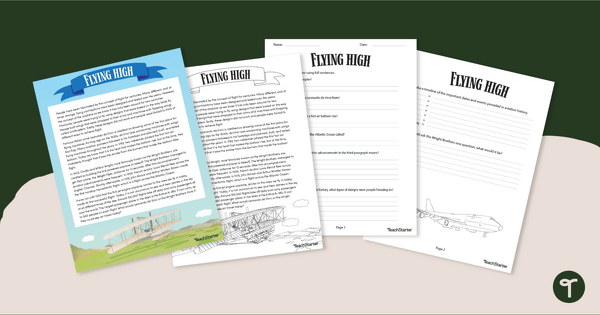
Comprehension – History of Flight Reading Worksheets
Read and learn about innovations in aviation with a printable reading comprehension activity.
- Plus Plan
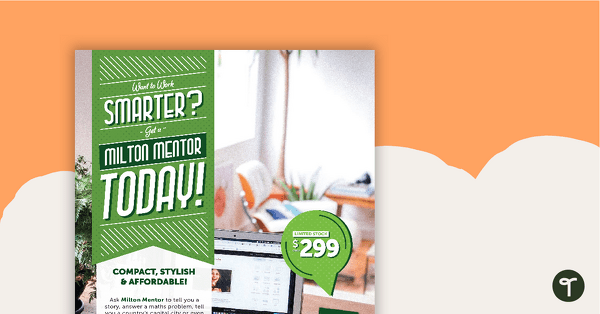
Advertisement Worksheet – Milton Mentor
A comprehension worksheet for a persuasive magazine advertisement about a digital personal assistant.
- Free Plan
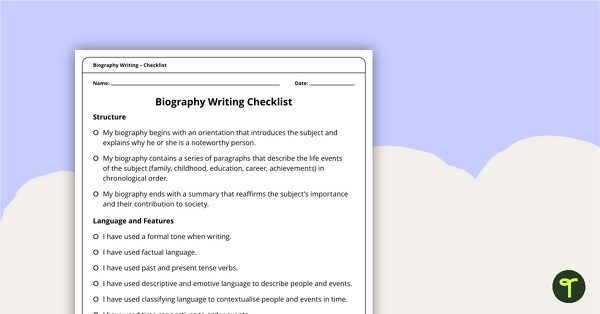
Biography Writing Checklist – Structure, Language and Features
A checklist for students to use when proofreading and editing their biography writing.
- Free Plan
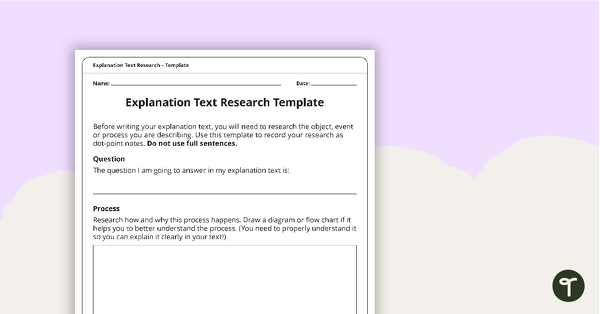
Explanation Text Research Template
A research template for students to use when writing an explanation text.
- Plus Plan

Analysing Poetry PowerPoint
A 19 slide editable PowerPoint template the use when teaching students how to analyse poetry.
- Plus Plan
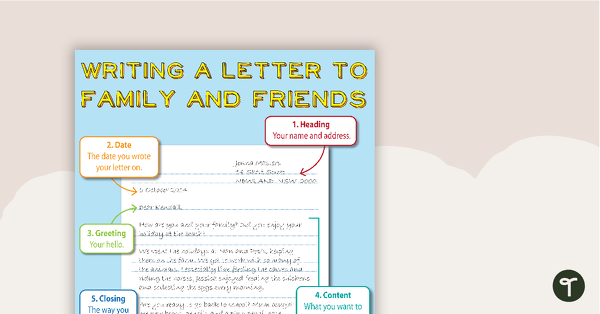
Writing a Friendly, Personal Letter Poster
An educational poster showing students how to lay out a personal letter.
- Plus Plan
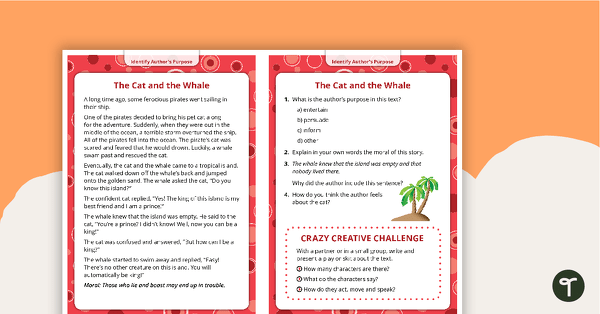
60 Comprehension Strategy Task Cards
A 144 page comprehension resource pack to help students apply comprehension strategies when reading.
- Plus Plan
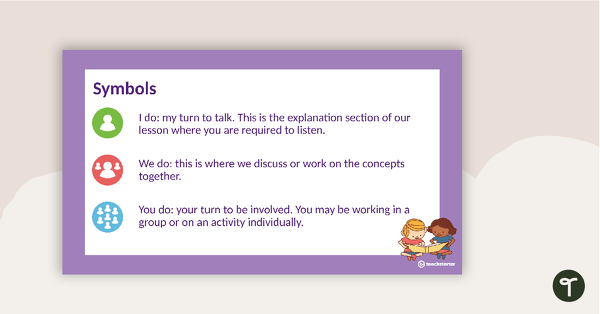
Reading Comprehension Strategies PowerPoint - Visualising
A 12 slide editable PowerPoint template explaining the reading comprehension strategy of visualising.
- Plus Plan
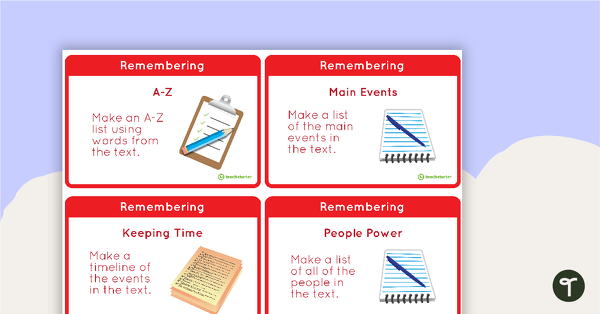
Bloom's Taxonomy Fast Finisher Task Cards - Upper Years
44 Bloom's Taxonomy fast finisher activity cards.
- Plus Plan
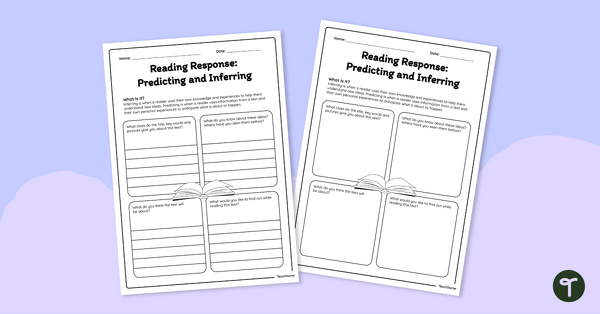
Reading Response Template – Inferring and Predicting
Guide your students to make inferences and predictions with a piece of text using the one-page template.
- Free Plan
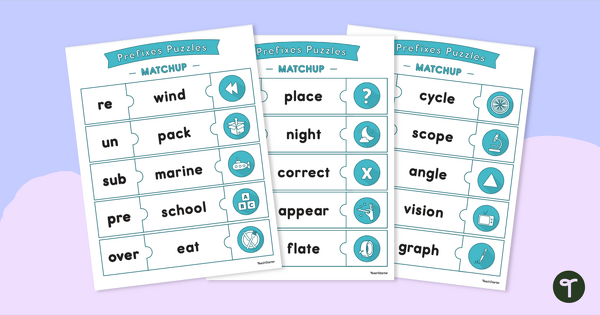
Prefix Puzzles - Match Up Cards
Practise building, reading, and understanding the meaning of words with prefixes with a fun set of prefix puzzles.
- Plus Plan
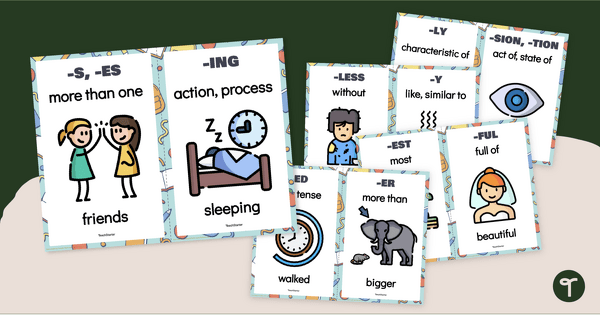
Suffix Mini Anchor Charts
Give your students a visual reminder of the meanings of 28 affixes with a printable set of miniature suffix anchor charts.
- Plus Plan
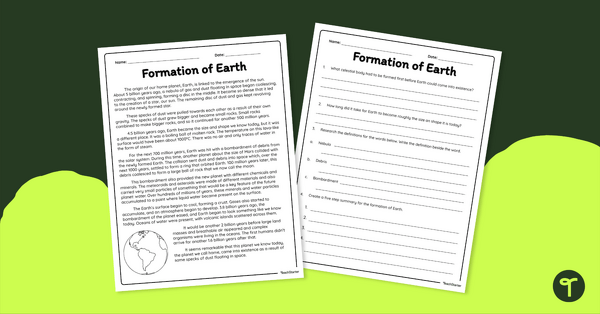
Formation of Earth - Reading Comprehension Worksheet
Combine reading and science content with a reading comprehension worksheet that focuses on the formation of Earth.
- Plus Plan
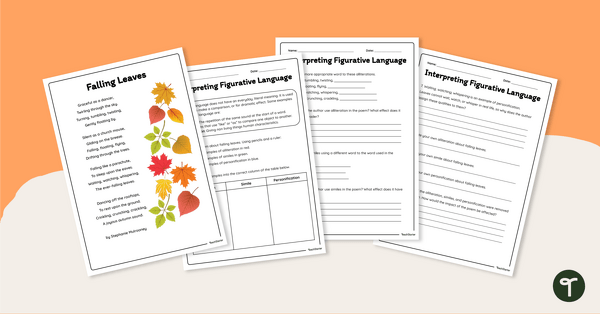
Interpreting Figurative Language - Worksheets
Explore figurative language in poetry with this age-appropriate poem and accompanying vocabulary questions.
- Plus Plan
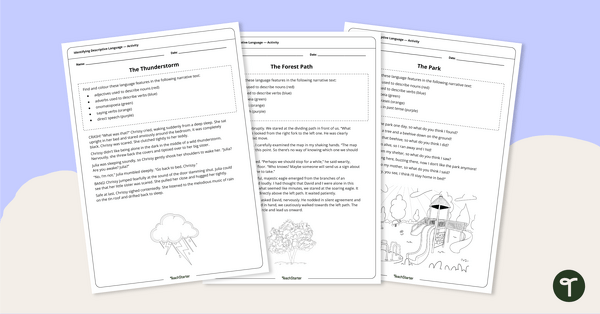
Identifying Descriptive and Figurative Language Worksheets
Help your students identify descriptive and figurative language in narrative texts with this set of colour-coding worksheets.
- Plus Plan
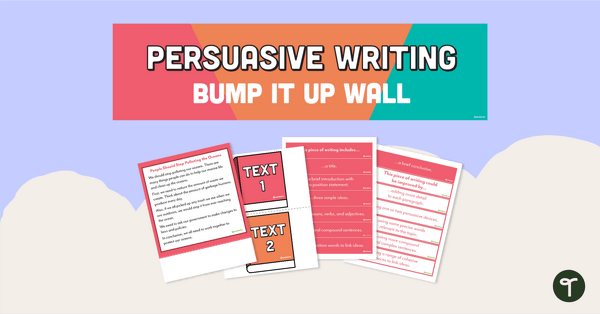
Persuasive Writing Bump It Up Wall – Year 6
A visual display for your classroom to help students ‘bump up’ their persuasive writing.
- Plus Plan
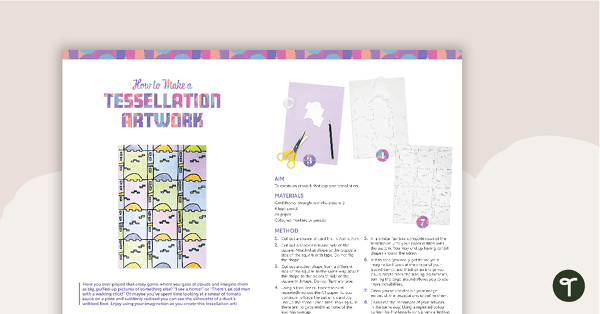
How to Make a Tessellation Artwork Worksheet
A comprehension worksheet for a magazine procedure article about making a tessellation artwork.
- Plus Plan
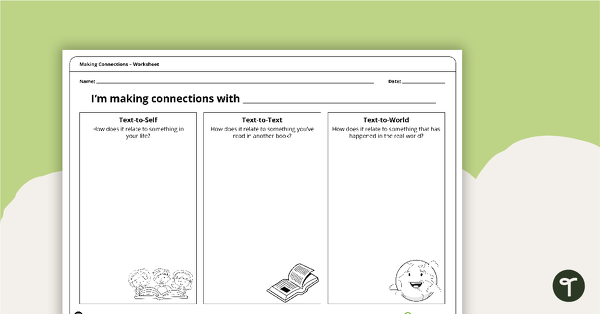
Making Connections - Worksheet
Allow your students to record their connections to a particular text with this Making Connections Worksheet.
- Plus Plan
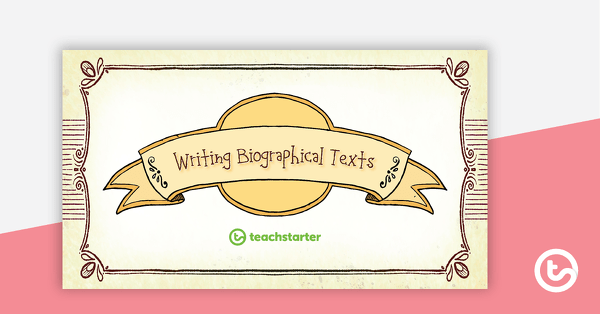
Writing Biographical Texts PowerPoint
A 29 slide editable PowerPoint template to use when teaching older students about the structure and language features of biographical texts.
- Plus Plan
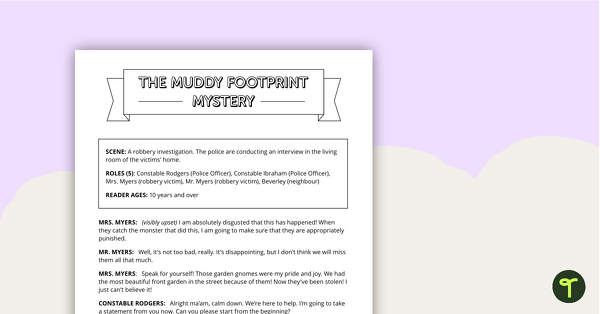
Readers' Theatre Script - Muddy Footprint Mystery
A script which can be used during readers' theatre or Drama sessions, aimed at students 10 years and over.
- Free Plan
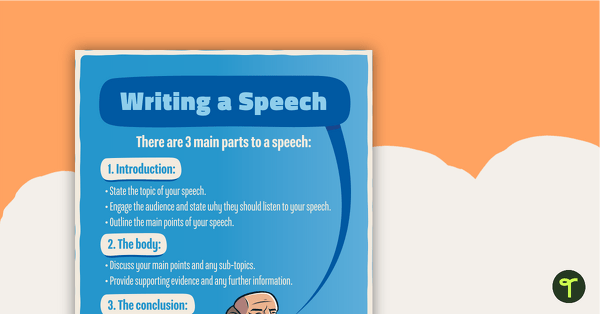
Writing a Speech Poster
A poster highlighting the main parts to a speech.
- Plus Plan
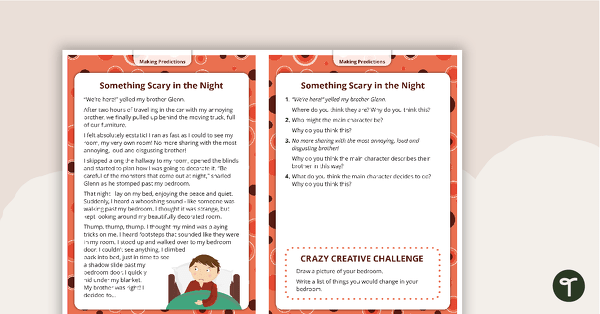
Comprehension Task Cards - Making Predictions
A set of comprehension task cards to help students make predictions when reading.
- Plus Plan
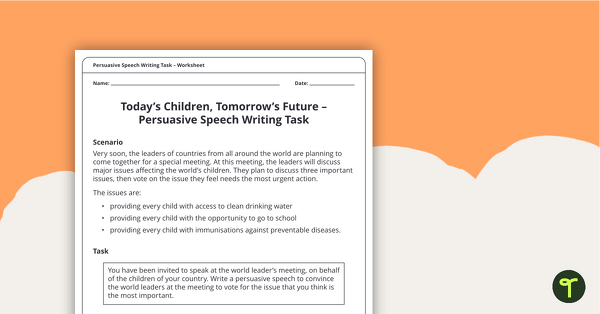
Persuasive Speech Writing Task
Practise writing a persuasive text with this speech writing task.
- Free Plan
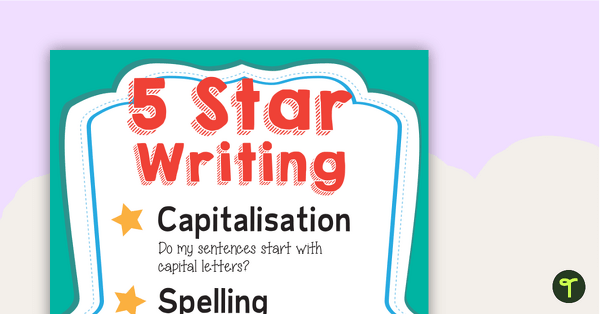
5 Star Writing Poster & Checklist
A poster and checklist highlighting five important items to double check when writing.
- Plus Plan
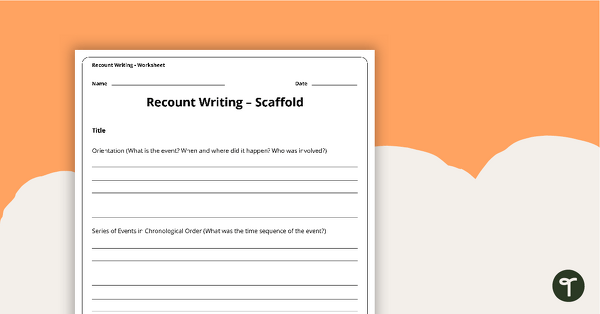
Recount Writing Scaffold
A one page scaffolding sheet which can be used to write a recount.
- Plus Plan
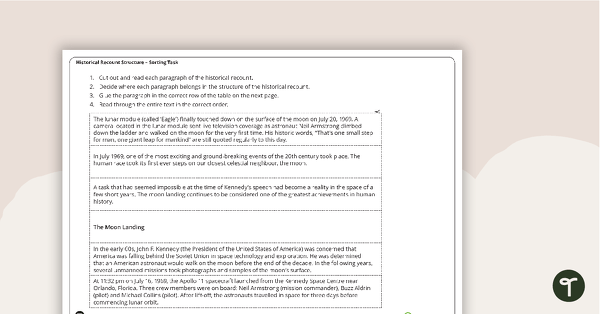
The Moon Landing - Historical Recount Structure Sorting Task
A sorting task to help students learn about the structure of a historical recount.
- Plus Plan
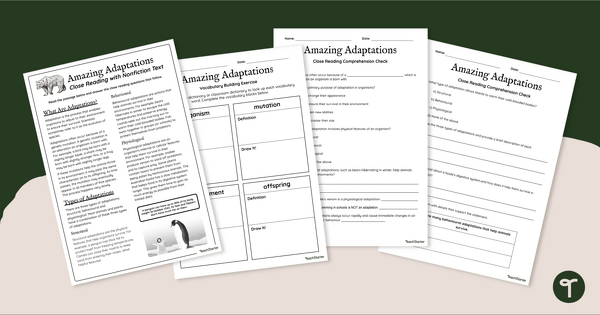
Plant and Animal Adaptations - Reading Comprehension Passage
Boost reading comprehension skills with a comprehension passage, with questions, about structural, behavioural and physiological adaptations.
- Plus Plan
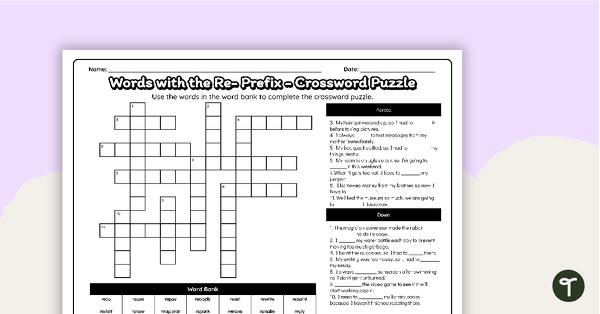
Re- Prefix Crossword Puzzle
Review vocabulary skills and boost your students’ knowledge of the “Re-” prefix with a crossword puzzle worksheet.
- Plus Plan
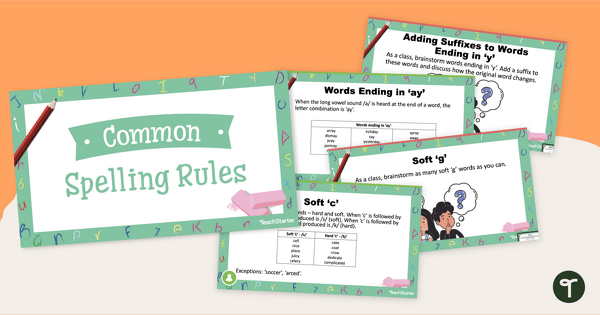
Common Spelling Rules PowerPoint
Boost your students' spelling skills with an instructional slide deck teaching the different spelling rules.
- Plus Plan
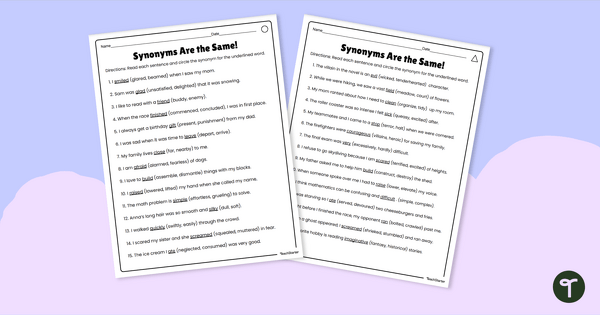
Synonyms Are the Same! – Differentiated Worksheets
Practise identifying and using synonyms in sentences with differentiated synonyms worksheets.
- Plus Plan
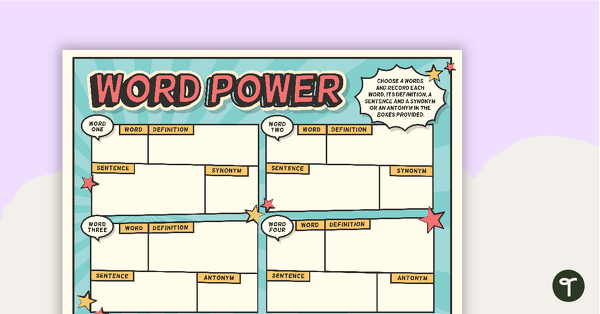
Word Power Vocabulary Worksheet
A comic book themed worksheet to use in the classroom when building vocabulary.
- Plus Plan
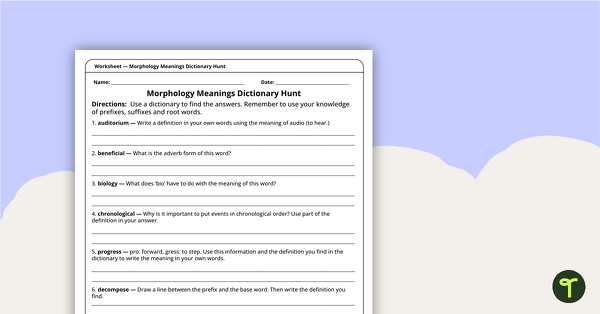
Prefixes, Suffixes and Roots - Dictionary Hunt Worksheet
Investigate the morphological meanings of word-parts with this dictionary hunt.